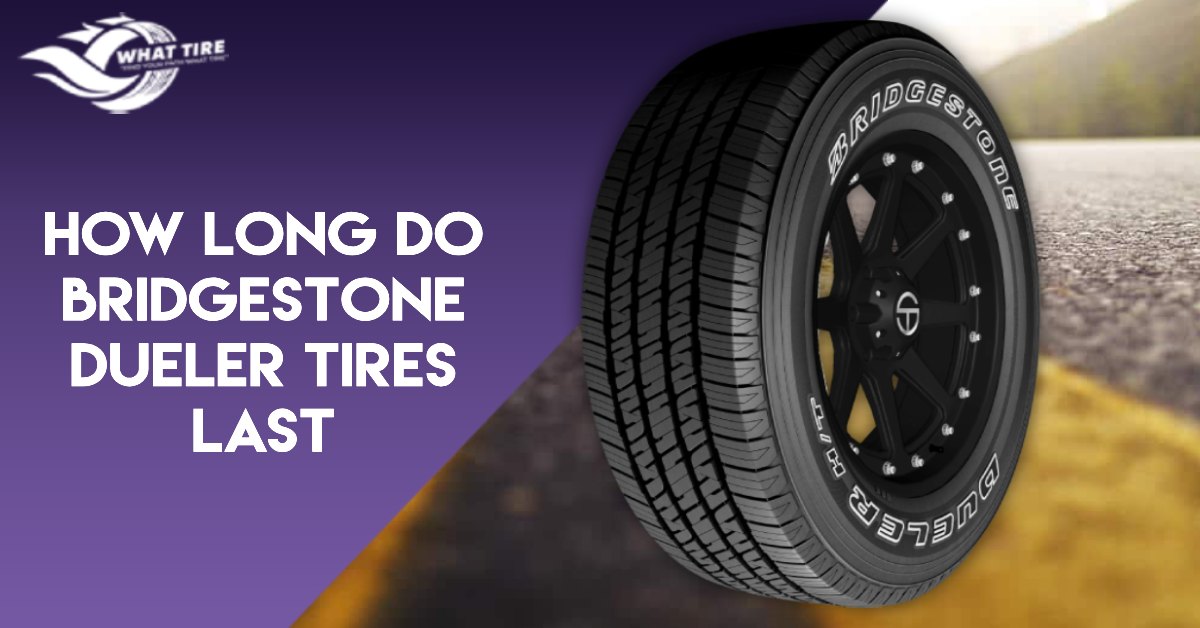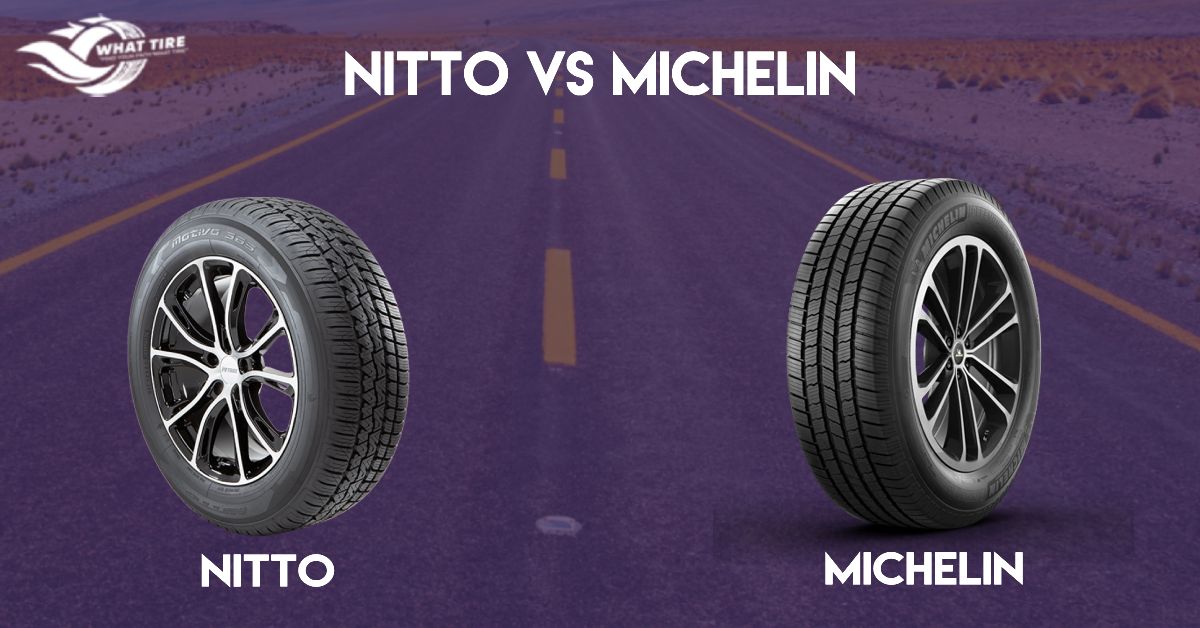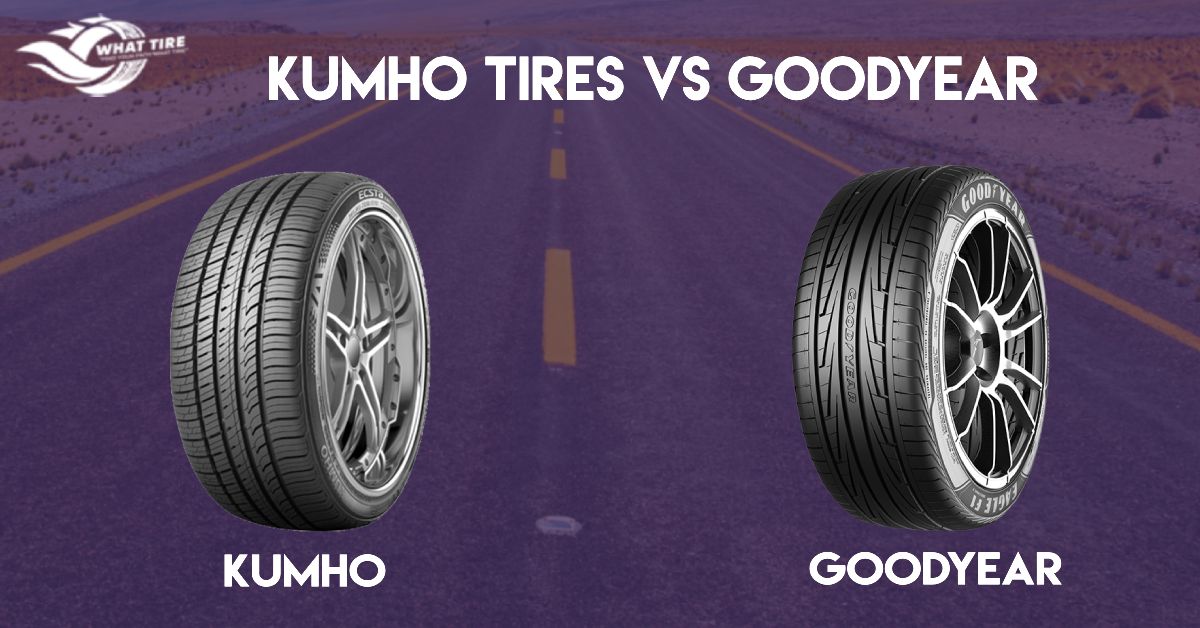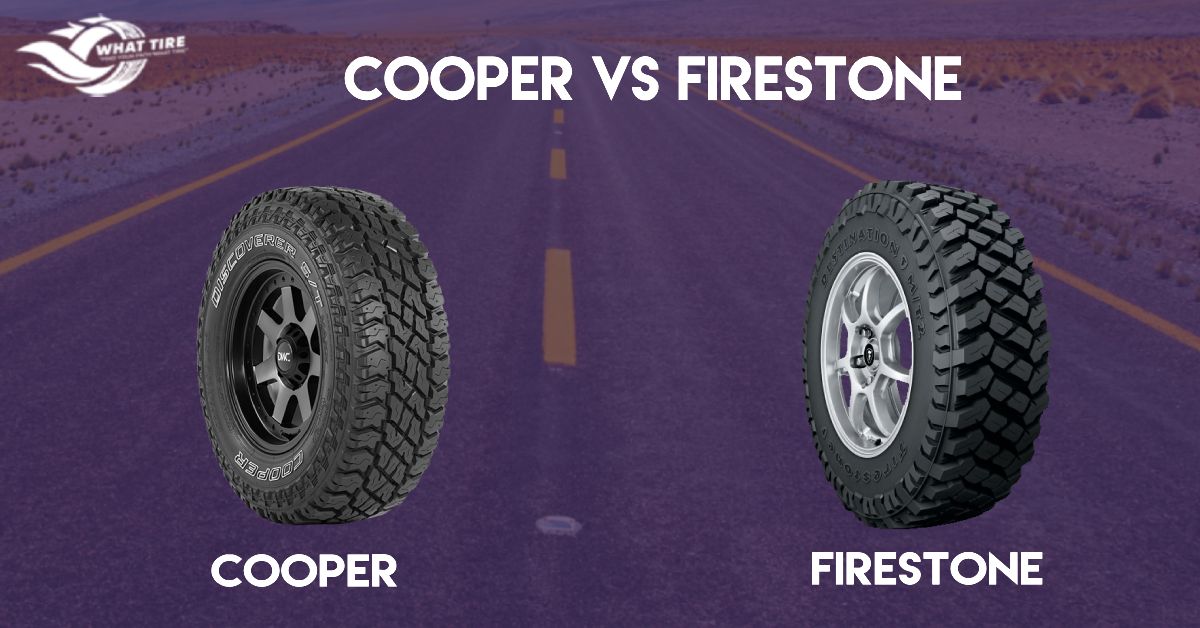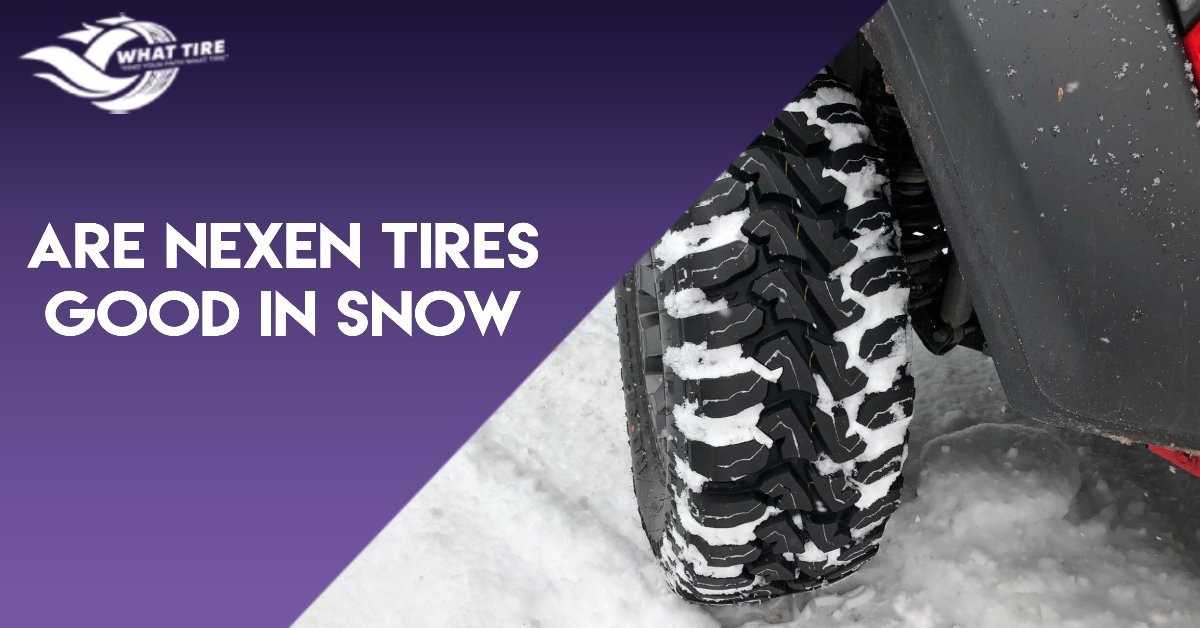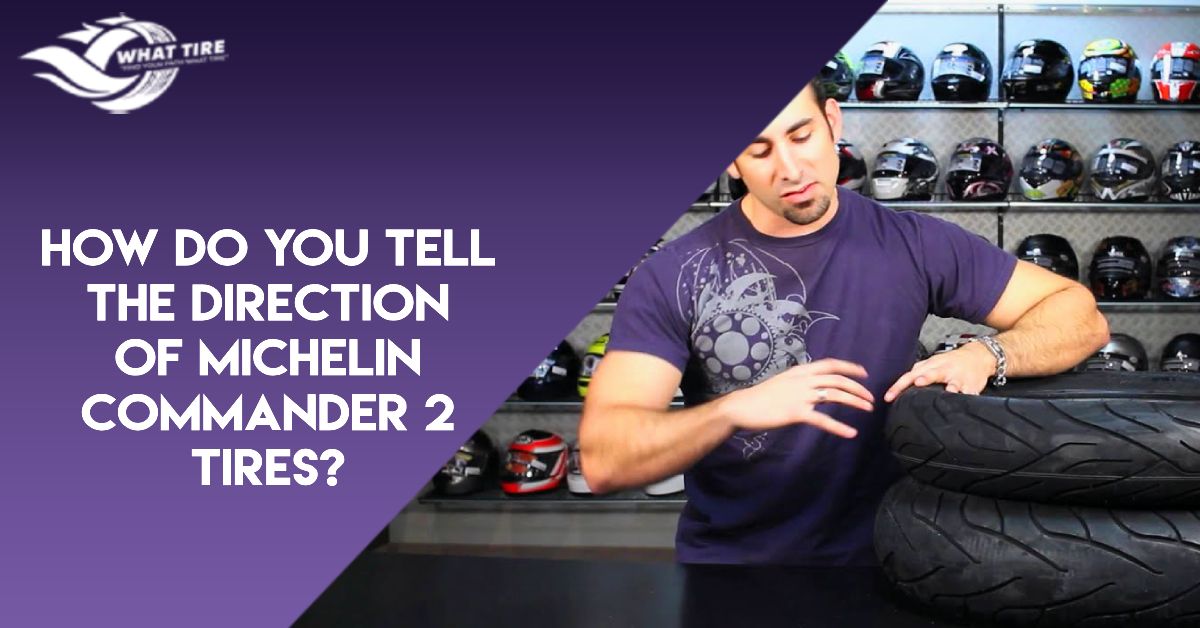Unlock the full potential of your Michelin Commander 2 Tires by mastering their correct rotation. In this guide, we demystify the process, exploring the correct method to tell the direction of Michelin Commander 2 Tires, the directional markings, and their crucial role in your vehicle’s performance and longevity.
Whether you’re a seasoned rider or new to the road, understanding this fundamental aspect will improve your safety and optimize your overall riding experience. Let’s get into the specifics and make sure your tires roll in the right direction for maximum efficiency.
Table of Contents
ToggleAbout Michelin Commander 2 Tires
Michelin Commander 2 Tires are a renowned choice among motorcycle enthusiasts, valued for their robust design and reliable performance. Manufactured by Michelin, a global leader in tire technology, these tires are specifically crafted for cruiser and touring vehicles.
The Commander 2 is engineered with a bias-ply construction, offering a sturdy foundation for extended mileage and durability. Its tread pattern is designed for optimal traction and handling in various road conditions.
With a focus on stability and comfort, Michelin Commander 2 Tires cater to riders seeking a balance between performance and longevity, making them a reliable choice for the demanding conditions of cruiser bikes.
Overview of Directional Tires
Directional tires, like Michelin Commander 2 Tires, feature a tread pattern designed to perform optimally in one direction. The unique tread design often includes grooves, channels, and sipes that enhance water evacuation, reducing the risk of hydroplaning.
These tires are engineered to provide excellent traction and handling, especially in wet conditions. The directional nature aids in efficient water dispersion, contributing to improved grip on the road.
It’s essential to mount directional tires according to the specified rotation to fully benefit from their design. Proper installation ensures optimal performance, safety, and longevity in various riding conditions.
Also, watch the video for a detailed overview of the Commander 2 Tire by Michelin:
How To Tell The Direction of Michelin Commander 2 Tires?
Identify the correct rotation of Michelin Commander 2 Tires by locating directional arrows or rotation-related wording on the tire sidewall. Follow these indicators for optimal performance and safety.
Determining the correct rotation of Michelin Commander 2 Tires is crucial for their effectiveness. Follow these steps to identify the tire direction:
1. Check for Directional Arrows
Look for arrows on the tire sidewall. These arrows typically indicate the intended rotation direction. If present, they guide you on how the tire should rotate when the vehicle is moving forward.
2. Look for Rotation-Related Wording
Some tires may have wording indicating the rotation direction. Phrases like “Rotation” or “This Side Out” provide valuable cues for correct installation.
3. Refer to the Owner’s Manual
If you can’t find directional arrows or wording, consult the owner’s manual for your vehicle. Manufacturer guidelines often include specific information on tire rotation for optimal performance.
By following these steps, you ensure that your Michelin Commander 2 Tires are mounted in the correct direction, maximizing their lifespan and performance on the road as not rotating tires can cause problems in the long run.
How Do I Know If My Tires Are Directional?
Determine if your tires are directional by checking for arrows or rotation-related markings on the sidewall. Directional tires have specific tread patterns designed for optimal performance in one direction
To identify if your tires are directional, follow these guidelines:
1. Inspect Sidewall for Arrows
Directional tires often have arrows on the sidewall, indicating the intended rotation direction. The arrows guide proper tire installation for optimal performance.
2. Look for Rotation-Related Markings
Check for wording related to rotation, such as “Rotation” or “This Side Out.” These markings provide clear instructions on how the tire should be mounted for effective performance.
3. Examine Tread Pattern
Directional tires have a specific tread pattern designed for optimal performance in one direction. The pattern typically features grooves, channels, and sipes that enhance water evacuation and traction.
What Happens If You Put Directional Tires The Wrong Way?
Misplacing directional tires can lead to compromised performance, reduced traction, and increased risk of hydroplaning. Incorrect installation may also result in uneven wear and potential damage to the tires
Putting directional tires on the wrong way can have several adverse effects on your vehicle’s performance and safety:
1. Compromised Performance
Incorrectly mounted directional tires can compromise their intended performance characteristics and the tread pattern, optimized for a specific direction, may not function as intended, affecting handling and stability.
2. Reduced Traction
Directional tires are designed to provide maximum traction in one direction and mounting them incorrectly can diminish their ability to grip the road, especially in wet or challenging conditions.
3. Increased Risk of Hydroplaning
The unique tread design of directional tires helps disperse water efficiently. Mounting them in the wrong direction may hinder this water evacuation, increasing the risk of hydroplaning in wet conditions.
4. Uneven Wear and Potential Damage
Incorrectly installed directional tires may experience uneven wear patterns, reducing their overall lifespan. Additionally, it can lead to potential damage to the tire structure, compromising safety.
Do Directional Tires Have an Inside and Outside?
Yes, directional tires have an inside and outside. The sidewall markings or arrows guide proper mounting, ensuring the tire’s specific tread pattern functions as intended for optimal performance.
Directional tires indeed have an inside and outside, and understanding this distinction is crucial for their effective operation:
1. Sidewall Markings or Arrows
Directional tires are marked with indicators, such as arrows, on the sidewall. These markings provide guidance on the correct rotation direction. The side with the markings or arrows is typically the outside, ensuring the tire’s specific tread pattern operates as designed.
2. Tread Pattern Design
The inside and outside of directional tires are determined by the specific tread pattern and this pattern is engineered for optimal performance in one direction, enhancing traction, water evacuation, and overall handling.
3. Importance of Proper Mounting
Mounting directional tires correctly, with the marked side facing outward, is crucial for maximizing their performance, safety, and longevity. Proper installation ensures that the tire functions as intended, providing the desired benefits on the road.
Conclusion
Knowing how to tell the direction of Michelin Commander 2 tires and recognizing it is crucial. Proper installation, guided by directional markings, ensures optimal performance and safety. By adhering to these guidelines, riders can confidently navigate the road, maximizing the longevity and effectiveness of their tires. Safe travels on the open road!
Whats your experience with this tire? Do let us know your thoughts in the comment section below!
FAQ’s
Yes, but it’s essential to maintain the original rotation direction to preserve optimal performance.
Refer to your vehicle’s manual as it usually contains the manufacturer’s recommended tire pressure.
Regularly inspect tire direction during routine maintenance and especially when installing new tires.
While possible, it’s advisable to avoid mixing directional and non-directional tires for consistent performance.
Consult the tire’s sidewall or the manufacturer’s documentation for clear instructions on the proper rotation direction.
Yes, ensure the side with the arrow or rotation indicator faces forward to maintain proper tire functionality.

